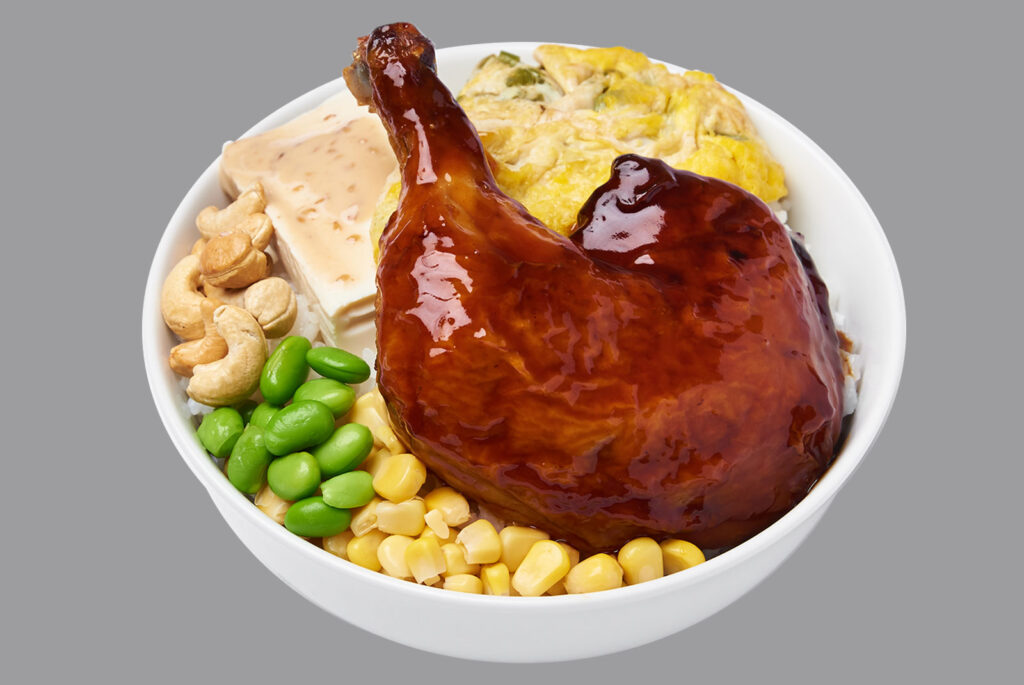Bento boxes first originated in Japan in the fifth century when farmers, fishermen and hunters brought along their lunches with them to work. The practice was nothing out of the ordinary, but the boxes were. The design came from a farmer’s seed box with multiple compartments for different dishes, such as rice, vegetables, and fish. The presentation was simple and the best thing about it was that it kept the different dishes apart to prevent contamination and preserve the flavors for the meal to be enjoyed at its best.
During the Edo Period (1603-1868), the bento box gained much popularity among the Japanese public due to its presentation and portion size. The Japanese would bring their lunch boxes to religious gatherings and social events like festivals and the theater. These boxes were made of basket material, lacquered wood or aluminum. Today, nearly five billion bento lunches are made in Japan every year. Some are really miniature works of art with intricate designs and attractive colors. As Japanese cuisine and culture evolved around the world, bento boxes became a common sight among the Chinese, Taiwanese, Korean, Filipino, and Thai populations. The latest hype around the bento box has sparked new versions where some chefs have switched up the traditional sashimi, with the addition of chicken and egg, or a combination of the trio.
Unpacking the Bento Trend in Asia
Kemono, renowned for their roast chicken in Singapore offers a healthy take on bento sets. On the menu are carefully curated bundles of bento boxes with protein, vegetables, rice and noodles. Featured items include the Certified Organic Chicken Leg Bento (available in Roast, Teriyaki & Spicy Teriyaki Chicken flavors), French Bean Eggs Bento, Chicken Luncheon Meat Eggs Bento and Grilled Salmon Bento. Consumers can also customize their meal, choosing two additional dishes from an array of sides like chilled tofu, chicken luncheon meat, French beans, eggs, smoked eggs, Teriyaki spicy chicken wings, as well as edamame, cucumber, or an avocado salad. Lean, green, and full of protein!

Kemono’s Spicy Teriyaki Chicken Leg Bento is simply mouth-watering. (Photo: Kemono)
On the other hand, Hinode Bento in Malaysia has added a picturesque twist to their bento sets. Since its launch last year during the height of the pandemic, the restaurant has become the talk of the town for its Japanese-style fresh bento meals. The restaurant took its inspiration from the iconic Ekiben, bento sets sold at Japanese railway stations and on trains. Among the popular bento sets are Sunrise Tori Bento with a combination of fried chicken nanban, chicken sausage, egg and vegetables; Salmon Onigiri Tebasaki Bento with flaked salmon rice balls, fried chicken wings, tamagoyaki, veggies and tomato; and Hambagu Bento comprising grilled handmade chicken patty on Japanese white rice – served with boiled eggs and vegetables.

The picturesque Sunrise Tori Bento. (Hinode Bento FB)
Operating for more than 5 decades in the Philippines, Lydia’s Lechon has put its own Filipino twist to the bento trend. The bento boxes which come with 120 grams of the chain’s signature lechon (pork) and rice is available in three variations: Bento Box A with macaroni and buttered beans and carrots; Bento Box B with broccoli and buttered corn and carrots; and Bento Box C, which comes with Lumpia (Filipino spring roll) and Pabet or Chopsuey (stir-fried vegetable dish). To top it off, consumers can also pick from a variety of sides.

Lydia’s Lechon adds its own twist to the bento trend. (Photo: Lydia’s Lechon FB)








